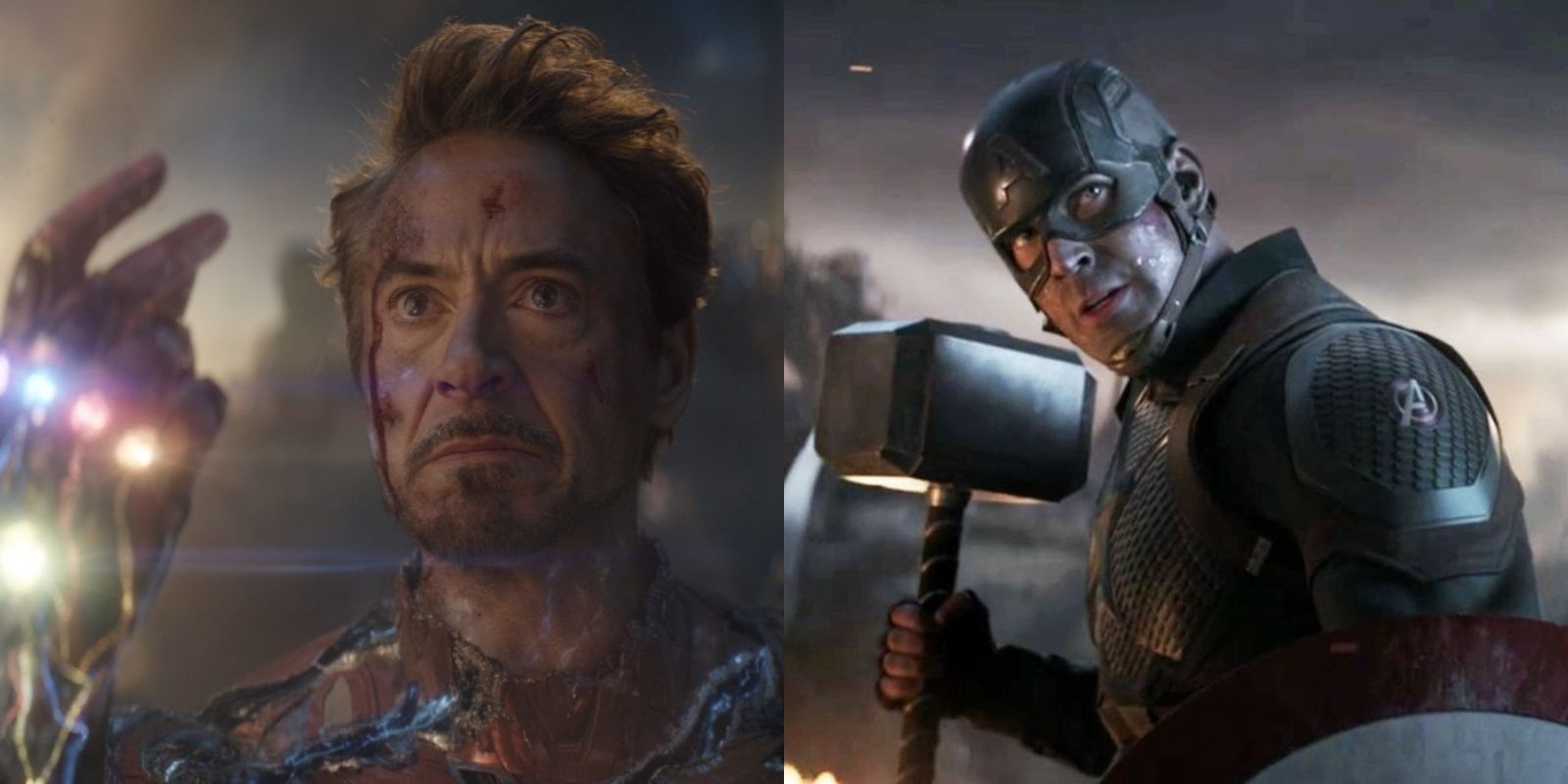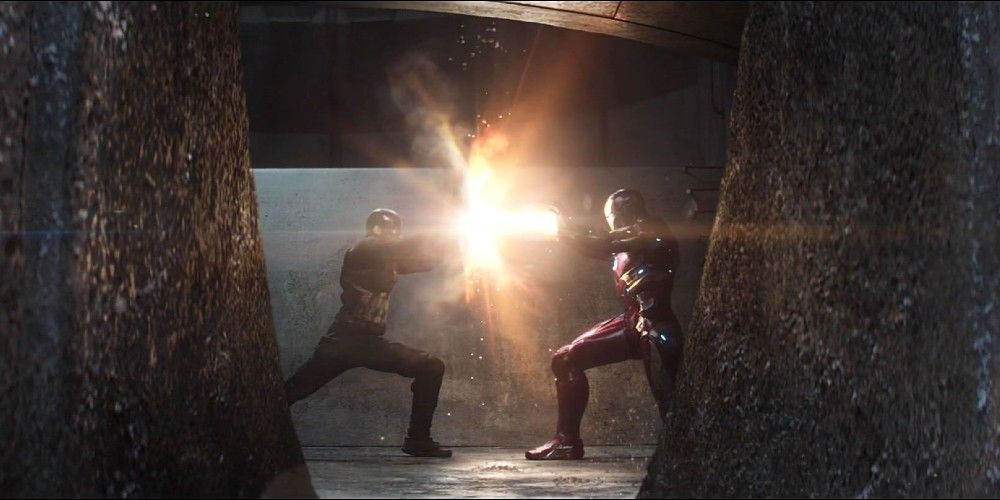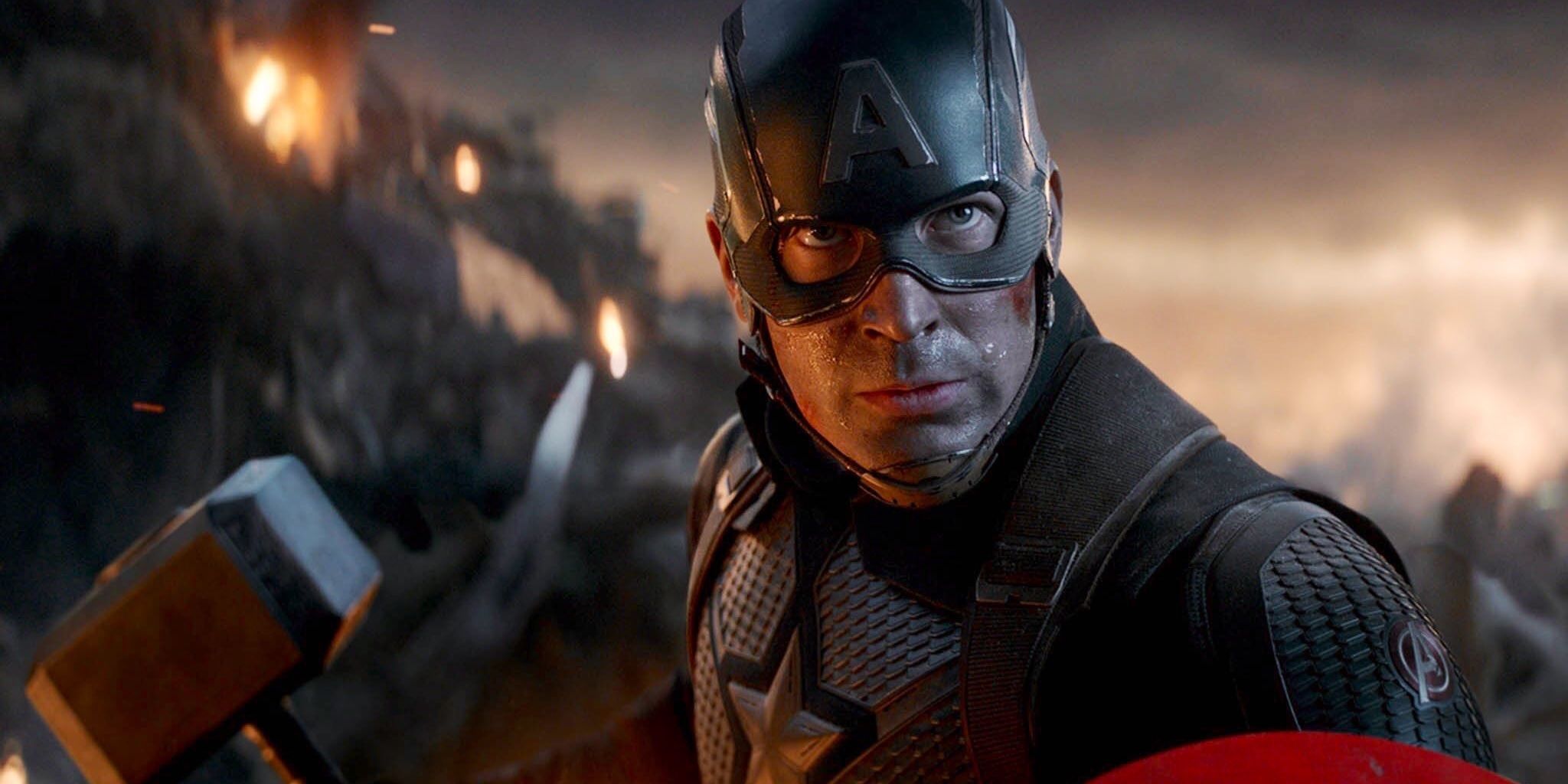When Tony Stark died in Avengers: Endgame, fans all over the world were devastated by the loss of their favorite hero. The death of Iron Man came as a shock for a lot of viewers, but based on his actions in previous films, dying was the only option that made sense for Tony and not because Doctor Strange said it was their one shot at victory.
At the end of Iron Man 3, Tony claimed to have destroyed all his suits in an attempt to save his relationship with Pepper and put heroism behind him. When Avengers: Age of Ultron was released, Tony played a critical part in the events that unfolded, having both created Ultron and revealing that he couldn’t bring himself to get rid of the Iron Man suits entirely. The second installment of the Avengers franchise is crucial to Tony’s development because he's forced to acknowledge that he’s obsessed with creating new Stark technology and needs to have the tech in order to feel protected. Keeping his Iron Man persona pushes Pepper away, but Tony is willing to give up this relationship (for the time being) because he's more focused on being a hero and saving the world, especially since Ultron is one of his own creations gone bad.
Tony attempts to find balance numerous times after Age of Ultron, but he ultimately struggles to be both Tony Stark and Iron Man at the same time. In Captain America: Civil War, Tony agrees to sign the Sokovia accords because he thinks it will keep the Avengers in line. Tony is constantly torn between giving up his Iron Man powers to please others and being a hero, but he can never truly let that heroic part of himself disappear. When Tony lets Steve and the rest of his crew escape from prison at the end of Civil War, Tony proves that he values being a hero more than he values the approval of others.
Dying in Avengers: Endgame was the only way to give Tony peace and allow him to be both Tony Stark and Iron Man simultaneously. His death means that he will no longer be able to protect the world, but in true Iron Man fashion, Tony acted in selflessness to do the right thing and save as many people as possible. In past films, Tony’s infamous claim "I am Iron Man" has been a source of ego, especially in the original Iron Man film where he tells the public, making it seem like he's revealing the truth for the purpose of publicity rather than providing hope to the world.
Tony’s final words in Avengers: Endgame were once again "I am Iron Man," but this time it was an acknowledgment of his personal growth and his acceptance of the fact that "Tony Stark" is officially dead. By giving up being Tony and fully embracing his position as Iron Man, the struggle to find balance between both halves of himself finally came to a close. By making the ultimate sacrifice, it meant that Iron Man will live on to be a true hero, even though Tony Stark is gone. The only way for Tony to remedy his internal conflict between human or hero was to pick a side and commit to it, and giving up his life as both Tony Stark and Iron Man means that the fan-favorite hero has finally earned his rest.
Viewers lost another beloved character at the end of Avengers: Endgame when Steve Rogers travelled back in time to reunite with Peggy Carter and came back to the present as an old man. Although his death happened off-screen, The Falcon and The Winter Soldier focuses heavily on his absence, meaning that Steve Rogers is officially dead.
While Tony’s sacrifice made sense and saved the rest of the world, Steve’s decision to abandon his role as one of Earth’s greatest heroes was extremely out of character for him. In past films, such as Captain America: Civil War, Steve was willing to put everything on the line and become a fugitive for the purpose of doing what’s right. Steve refused to sign the accords because he didn’t want the government to interfere with his ability to save lives and he was even willing to turn his back on the rest of his team in order to protect his best friend.
In Captain America: The First Avenger, Steve’s only goal was to save the world, no matter how big or small he might be. It’s indisputable that taking on the role of Captain America has allowed Steve to do his fair share of saving people and then some, so it’s understandable why he’d want to pass on the mantle and start taking a backseat role to the rest of the remaining heroes. What doesn’t make sense is why Steve chose to give up helping people altogether, and abandon the loved ones he spent so long trying to get back after the snap.
Peggy Carter had already moved on and married another man after Steve went into the ice, which fans find out in Captain America: The Winter Soldier when Steve visits the museum dedicated to him. Steve also kissed his dead girlfriend’s niece in Captain America: Civil War, so continuing to pursue a relationship with someone he’d known in the 1940s is definitely strange.
Aside from kissing Sharon Carter, Steve’s decision to go back and be with Peggy gets significantly more complicated with his slower aging process. Steve is going to be living lifetimes without Peggy before he grows old and dies, no matter what timeline he’s in. After spending so much time adjusting to the 21st century, Steve’s regression into the past was both uncharacteristic and unnecessary for the man who dedicated his life to serving others.



